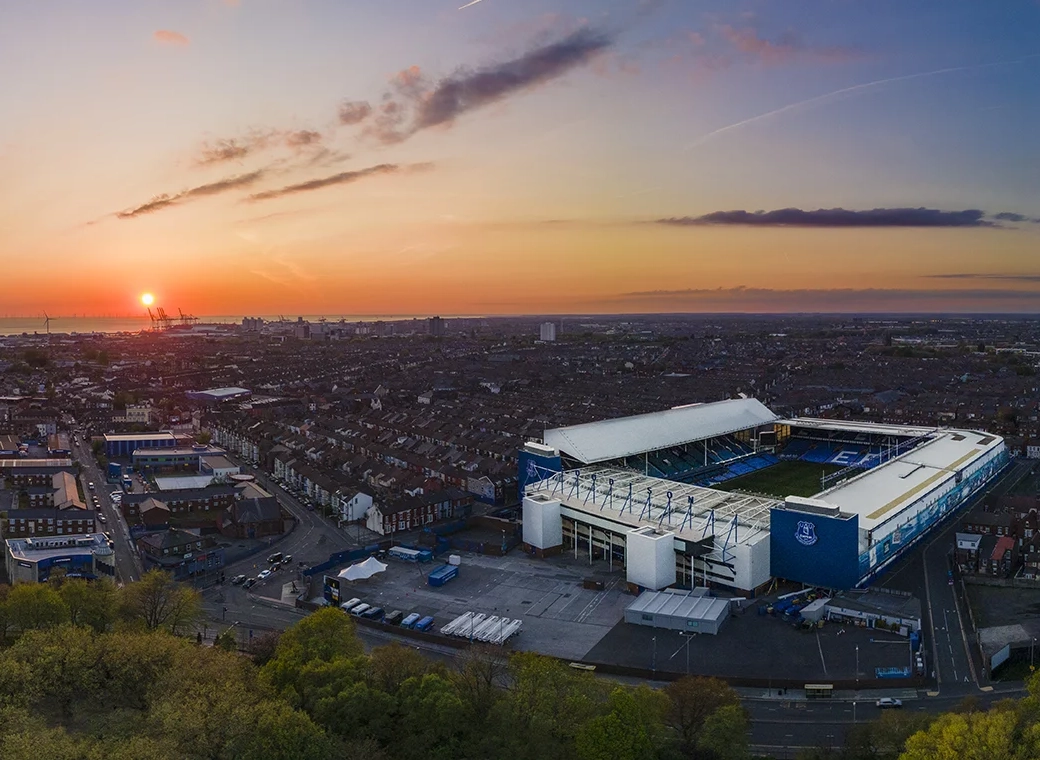bizzaro
LOVE GOT JUST THE WAY IT IS #ALWNV
Just find this £35 million figure of ADDITIONAL public money outrageous.
When there is a back tracking from EFC regarding Walton Hall Park
...
http://www.bbc.co.uk/sport/0/football/33214058
Olympic Stadium: Final bill raises questions over West Ham deal
Such was the inevitable focus on Mo Farah on Friday, it was easy to overlook the latest story regarding the scene of the British athlete's greatest triumph.
Just a few minutes before the double Olympic champion issued his statement denying the use of performance-enhancing drugs, the final bill for the reconstruction of the Olympic Stadium was revealed.
Converting it into the new home of Premier League side West Ham United will now cost £272m, meaning the overall spend will reach £702m for the 54,000-seater arena - a lot more expensive per spectator than the £798m lavished on the 90,000-capacity Wembley.
The announcement served as a reminder of two principal concerns that continue to hang over the stadium: the amount of public money used to make the venue suitable for football, and what some regard as a lack of transparency.
Certainly, the agreement that anchor tenants West Ham negotiated - to pay just £15m towards the conversion costs - looks more and more like the deal of the century.
The stadium's owners, the London Legacy Development Corporation (LLDC), admits the project is over-budget by around £35m.
Putting the largest cantilevered roof in the world on to a superstructure that had not been built to bear that kind of weight was far more complex and expensive than envisaged - the contract was announced initially at £155m, before rising to £189m in October.
Compare that to the £42m required to convert the City of Manchester stadium after the 2002 Commonwealth Games.
The new figures emphasise just how regrettable it is that the stadium was not originally designed for multi-purpose use - the original roof was not designed for long-term use and was too small to cover the retractable seats in 'football mode'. Had it been, the burden on the taxpayers would not perhaps be anywhere near as great.
The original plan was to convert the stadium into a 25,000-seat athletics facility after the Olympics. However, it later became apparent that having a Premier League football club would be far more financially viable, with Tottenham Hotspur and West Ham left to fight it out as the two main bidders.

When there is a back tracking from EFC regarding Walton Hall Park
...
http://www.bbc.co.uk/sport/0/football/33214058
Olympic Stadium: Final bill raises questions over West Ham deal
Such was the inevitable focus on Mo Farah on Friday, it was easy to overlook the latest story regarding the scene of the British athlete's greatest triumph.
Just a few minutes before the double Olympic champion issued his statement denying the use of performance-enhancing drugs, the final bill for the reconstruction of the Olympic Stadium was revealed.
Converting it into the new home of Premier League side West Ham United will now cost £272m, meaning the overall spend will reach £702m for the 54,000-seater arena - a lot more expensive per spectator than the £798m lavished on the 90,000-capacity Wembley.
The announcement served as a reminder of two principal concerns that continue to hang over the stadium: the amount of public money used to make the venue suitable for football, and what some regard as a lack of transparency.
Certainly, the agreement that anchor tenants West Ham negotiated - to pay just £15m towards the conversion costs - looks more and more like the deal of the century.
The stadium's owners, the London Legacy Development Corporation (LLDC), admits the project is over-budget by around £35m.
Putting the largest cantilevered roof in the world on to a superstructure that had not been built to bear that kind of weight was far more complex and expensive than envisaged - the contract was announced initially at £155m, before rising to £189m in October.
Compare that to the £42m required to convert the City of Manchester stadium after the 2002 Commonwealth Games.
The new figures emphasise just how regrettable it is that the stadium was not originally designed for multi-purpose use - the original roof was not designed for long-term use and was too small to cover the retractable seats in 'football mode'. Had it been, the burden on the taxpayers would not perhaps be anywhere near as great.
The original plan was to convert the stadium into a 25,000-seat athletics facility after the Olympics. However, it later became apparent that having a Premier League football club would be far more financially viable, with Tottenham Hotspur and West Ham left to fight it out as the two main bidders.


 Yet they have.
Yet they have.







